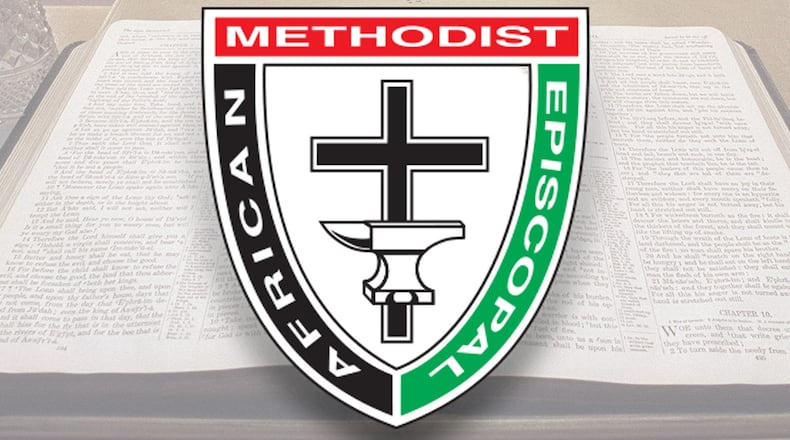Editor’s note: The story has been corrected to reflect that only some of the entities named in the legal complaint are alleged to have conspired to defraud and embezzle the retirement fund.
The Nashville-based African Methodist Episcopal Church has filed a complaint against the Rev. Jerome Harris, the former executive director of retirement services, and 10 others, some of which are alleged to have conspired to defraud and embezzle millions from the denomination’s Ministerial Retirement Annuity Plan.
The lawsuit was filed May 25 in United States District Court in Memphis.
In addition to Harris other defendants are Symetra Financial Corporation, Robert Eaton, Jarrod Erwin, Randall Erwin, Financial Freedom Group., Motorskill Asia Venture Group, Motorskill Asia Ventures 1, LP, Motorskill Venture Group, Motorskill Ventures 1, LP and Rodney Brown & Company.
This is the latest lawsuit making its way through courts over the missing money. In one, as much as $90 million could be missing, although Attorney Fred Tromberg , who is representing several pension fund beneficiaries in a separate lawsuit believes it could be much more.
According to the latest filing, Harris served as executive director of the plan from 2000 until July 2021. He retired when his term ended.
The irregularities were uncovered when new leadership in the denomination’s Department of Retirement Services assumed control, according a a previous article.
According to the filing, Harris provided reports to the AMEC (African Methodist Episcopal Church) Commission on Retirement Services of the General Board. AMEC has “since learned that Dr. Harris’s reports have been intentionally deceptive, false, and grossly inflated. In 2001, Dr. Harris began what would become a long-running conspiracy to, among other things, defraud and steal from AMEC. "
The complaint lays out a complex scheme by Harris to divert funds to newly created entities and investments into risky ventures. In some cases, according to the lawsuit, Harris was able to move funds without proper authorization.
The AME Church, the oldest historically-Black denomination , has said there is an ongoing investigation by law enforcement, although it did not specify which agency. It’s unclear how many employees of the AME Church have their retirement or pension funds invested there, but church officials, clergy and bishops are among the beneficiaries.
The lawsuit alleges, among other things that, Harris moved millions of dollars around and created AMEC Financial Services, a limited liability corporation, in 2002 “to engage in risky investment schemes and risky business relations with third parties.”
Separately, at least two lawsuits, seeking class action status, have been filed against the AME Church.
The AARP Foundation has joined as co-counsels in a Maryland lawsuit filed on March 22 in U.S. District Court in Maryland by the law film Kantor & Kantor.
The Maryland lawsuit claims that AME leadership and its retirement services department violated the Employee Retirement Income Security Act and breached their contractual and fiduciary duties and that bad investments were made in a “risky venture capital company and an ultimately valueless real estate deal,” according to the Maryland filing on behalf the Rev. Cedric V. Alexander of Bowie, Md., a retired AME pastor.
There are more than 500 AME churches in the Sixth Episcopal District in Georgia.
The denomination said earlier that a special task force committee, representing the Department of Retirement Services Commission, the General Board, the Council of Bishops and AME Church members at large, has been formed to develop a plan of reorganization, recovery and restoration for fund participants.
Some beneficiaries have had to find jobs to earn income or are left wondering whether they will ever receive any or all of their retirement funds.
About the Author
Keep Reading
The Latest
Featured




